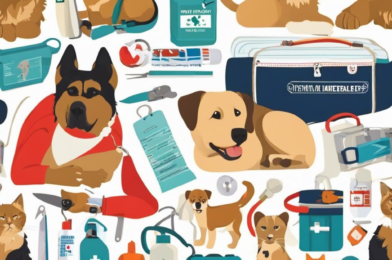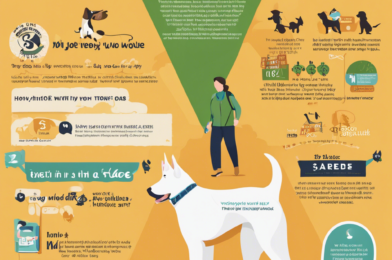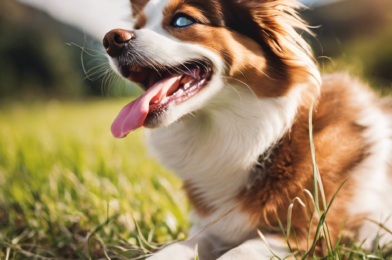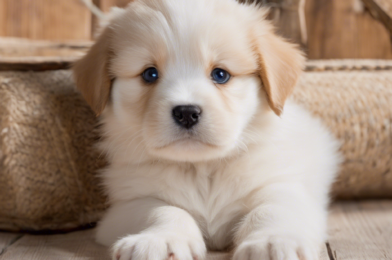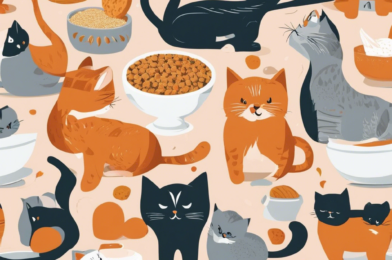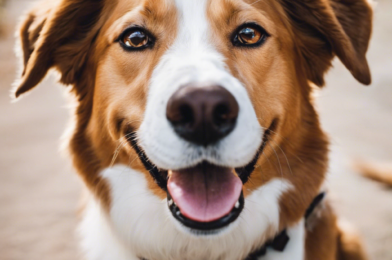# Pet First Aid: Essential Knowledge for Every Responsible Pet Owner
As pet owners, we’re all too familiar with the joy and companionship our furry friends bring into our lives. However, just like with any family member, it’s essential to be prepared for emergencies and unforeseen situations. Pet first aid is a vital skill every pet owner should have, ensuring you can provide immediate care until you can reach a veterinarian. Whether it’s a minor injury or a more serious emergency, being equipped with the right knowledge can make all the difference.
When it comes to pet first aid, the core principles are assessment, stabilization, and transportation. Begin by safely restraining your pet to assess the situation. Check for breathing, bleeding, and other signs of injury. If your pet is conscious, look for any changes in behavior or physical abnormalities. For minor wounds, clean the area with saline solution or clean water and apply a mild antiseptic cream. Cover the wound with a non-stick bandage to prevent further contamination. It’s crucial to monitor your pet’s vital signs and keep them calm and comfortable during this process.
In the case of more severe injuries or health concerns, it’s essential to prioritize stabilization. This may include controlling bleeding by applying direct pressure with a clean cloth, ensuring your pet’s airway is clear, and keeping them warm to prevent shock. For possible fractures or sprains, you can create a makeshift splint to immobilize the affected area until you reach veterinary care. Over-the-counter human medications should never be administered without veterinary guidance as some common drugs can be toxic to pets.
Knowing basic life support techniques such as CPR for pets is also invaluable. CPR involves chest compressions and rescue breaths to maintain blood circulation and oxygenation until professional help arrives.
Pet first aid kits are readily available or can be easily assembled. Essential items include sterile gauze pads, adhesive tape, antiseptic wipes, a digital thermometer, and a pet-specific first aid manual. Always consult your veterinarian for guidance on proper usage and techniques to ensure the best outcome for your pet.
By being prepared and knowledgeable, you can provide quick and effective care when your furry friend needs it most. Pet first aid is an essential skill that empowers pet owners to become active participants in their pet’s health and well-being.
Remember, pet first aid is not a substitute for veterinary care, but it can buy you crucial time and provide comfort to your beloved companion in emergencies. Stay informed, stay prepared!
